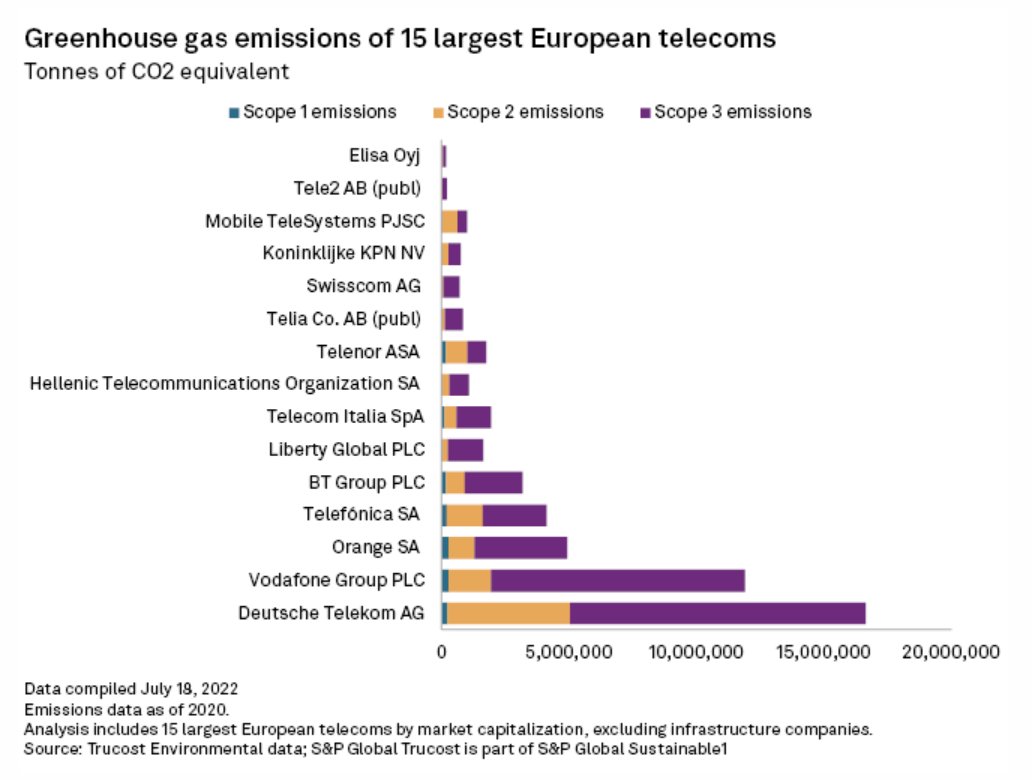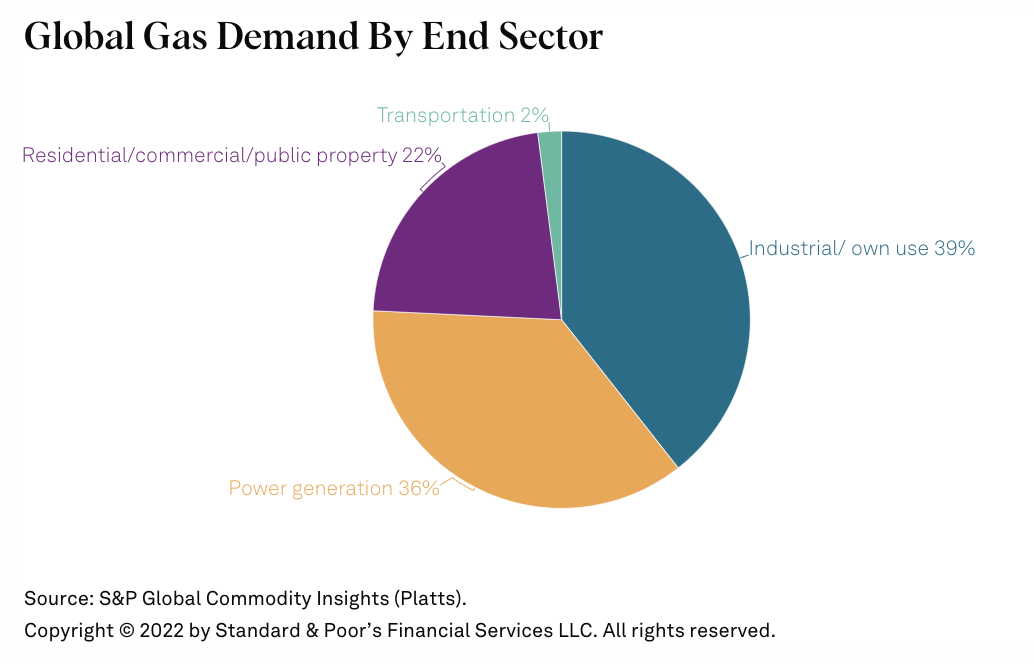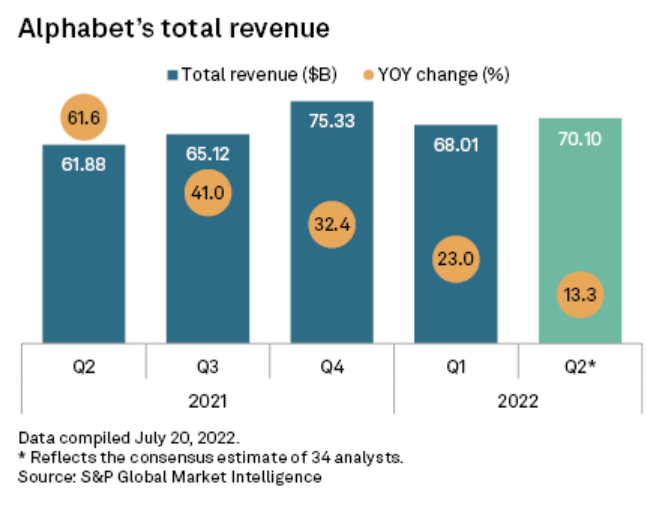Featured Topics
Featured Products
Events
S&P Global Offerings
Featured Topics
Featured Products
Events
S&P Global Offerings
Featured Topics
Featured Products
Events
S&P Global Offerings
Featured Topics
Featured Products
Events
Language
Featured Products
Ratings & Benchmarks
By Topic
Market Insights
About S&P Global
Corporate Responsibility
Culture & Engagement
Featured Products
Ratings & Benchmarks
By Topic
Market Insights
About S&P Global
Corporate Responsibility
Culture & Engagement
S&P Global — 25 Jul, 2022 — Global
By S&P Global
Start every business day with our analyses of the most pressing developments affecting markets today, alongside a curated selection of our latest and most important insights on the global economy.
Regulating Crypto in a Bear Market
Welcome to crypto’s dry season. Bitcoin—the world’s marquee cryptocurrency—has lost more than half its value since the year began and the faint odor of fraud hangs over some now-defunct projects and assets. Regulators have taken note of this painful bear market for crypto and are proposing increased oversight of the market. Which begs the question of whether regulators are shutting the barn door after the horse has bolted.
With all major cryptocurrencies down sharply on the year, there have been bankruptcies and defaults across the Decentralized Finance (DeFi) ecosystem. Notably, crypto-asset brokerage firm Voyager Digital Ltd. filed for bankruptcy on July 6, and both the cryptocurrency lending platform Celsius Network and Vauld – a cryptocurrency exchange—have paused all withdrawals and transfers.
“There is a lot of froth right now,” Simon Robinson, head of TMT research at S&P Global Market Intelligence told host, Eric Hanselman on a recent episode of the Next in Tech podcast. “It is rather fashionable to be a fintech skeptic. We’re kind of in a crypto winter. And much of it is warranted—this skepticism.”
Regulators seem to be among the skeptics. Significant losses in the crypto landscape have exposed risks and vulnerabilities that have regulators and policymakers looking at the possibility of systemic risk from the crypto and DeFi space. A group of researchers at S&P Global published a comprehensive, global look at current and pending regulation in “Regulating Crypto: The Bid To Frame, Tame, Or Game The Ecosystem.” The report looks at how regulations will come to define the crypto ecosystem over the next two years with special attention given to crypto assets and activities including stablecoins, digital securities, crypto tokens, decentralized lending, crypto asset exchanges, and nonfungible tokens (NFTs).
The report also examines how a patchwork of policies and regulations seem to be challenged by the borderless nature of decentralized finance. Through a series of jurisdictional snapshots, the authors demonstrate the range of policy stances across the world from crypto enthusiast nations like El Salvador—where Bitcoin is considered legal tender—to crypto avoiders like China—where there is an outright ban on all crypto activities.
The United States and the European Union occupy a middle ground the report labels “crypto neutral.” Gary Gensler, chair of the Securities and Exchange Commission is the rare regulator who may understand cryptocurrencies and blockchain better than some of the DeFi companies he regulates, as he taught a course on the subject at the Massachusetts Institute of Technology. Like regulators in the EU, Gensler appears to be taking steps to address regulatory gaps in the crypto industry with a focus on establishing jurisdiction and re-building trust.
Markets, entrepreneurs, and cryptocurrency advocates are keeping a close eye on regulation to see if it manages to thread the needle between maintaining innovation and building trust in these bruised and battered markets.
Today is Monday, July 25, 2022, and here is today’s essential intelligence.
Written by Nathan Hunt.
Rapidly Rising Rates Are Putting Some Money Market Funds At Risk

As the Fed pursues rate tightening, S&P Global Ratings expects certain funds with longer-dated positions and longer average maturities to experience modest stress on their net asset values. Since January 2022, the Federal Reserve has increased its target federal funds rate from a lower bound of 0.00%-0.25% to 1.50%-1.75% as of June 2022. S&P Global Economists now expect the Fed to be much more aggressive, with the policy rate rising from zero at the beginning of 2022 to 3% by year-end, reaching 3.50%-3.75% by mid-2023.
—Read the report from S&P Global Ratings
Access more insights on the global economy >
Private Equity Fundraising 'Is Getting Harder'; M&A Activity Falls Off 2021 Pace

Blackstone Inc. reported $88.3 billion in capital inflows for the three months ended June 30, making the second quarter of 2022 the second-best fundraising quarter in the firm's history. But there is more to the story. "I would say on the fundraising front, it is getting harder out there," Blackstone President Jonathan Gray said on the firm's second-quarter earnings call. That is especially true when it comes to raising capital for Blackstone's private equity strategies, Gray added.
—Read the article from S&P Global Market Intelligence
Access more insights on capital markets >
Supply Chains Are European Telcos' Biggest Climate Headache

As the European telecom sector forges ahead on reducing its direct carbon emissions, cleaning up the supply chain remains a challenge. Scope 1 emissions, those emitted directly by a company's business, represent just 3.2% of the carbon footprint generated by the largest 15 telcos in Europe by market capitalization, according to data from S&P Global Market Intelligence. Scope 2, indirect emissions associated with the purchase of energy, represent about 24.6%.
—Read the full article from S&P Global Market Intelligence
Access more insights on global trade >
Listen: How One Large Insurer Is Tackling Climate Transition Risk
In this episode of ESG Insider, hosts Lindsey Hall and Esther Whieldon talk with one of the largest U.S. property and casualty insurers, Liberty Mutual Insurance, about how the company is integrating climate change risk into its investment decisions and underwriting practices. They interview Rakhi Kumar, senior vice president for sustainability solutions and business integration at Liberty Mutual Insurance, about a recent climate transition scenario analysis by the insurer.
—Listen and subscribe to ESG Insider, a podcast from S&P Global Sustainable1
Energy Transition: Gas' Role Varies By Sector And Region Amid Security Of Supply Concerns

Demand for gas should keep rising through 2030—fueled by Asia, with demand growth stable in the U.S. and still highly uncertain in Europe—but seems set to drop according to S&P Global Commodity Insights. Security of supply, and gas' comparative price disadvantage versus coal and nuclear power generation in China, mean that, although its use is increasing, gas will represent only 9% of China's primary energy mix by 2030, compared with 30% for the U.S.
—Read the report from S&P Global
Access more insights on energy and commodities >
Weaker Ad Landscape, Higher Regulatory Risk Expected To Weigh On Alphabet's Q2

Alphabet Inc. is expected to report another quarter of slowing growth as macroeconomic headwinds and intensifying regulatory scrutiny weigh on its core advertising business. Fears regarding a potential recession are driving many companies to scale back ad budgets, directly impacting Alphabet's growth prospects. The Google LLC parent company faces headwinds from difficult comparisons to 2021 when its revenue growth skyrocketed partly due to a rebound off early pandemic lows.
—Read the article from S&P Global Market Intelligence
